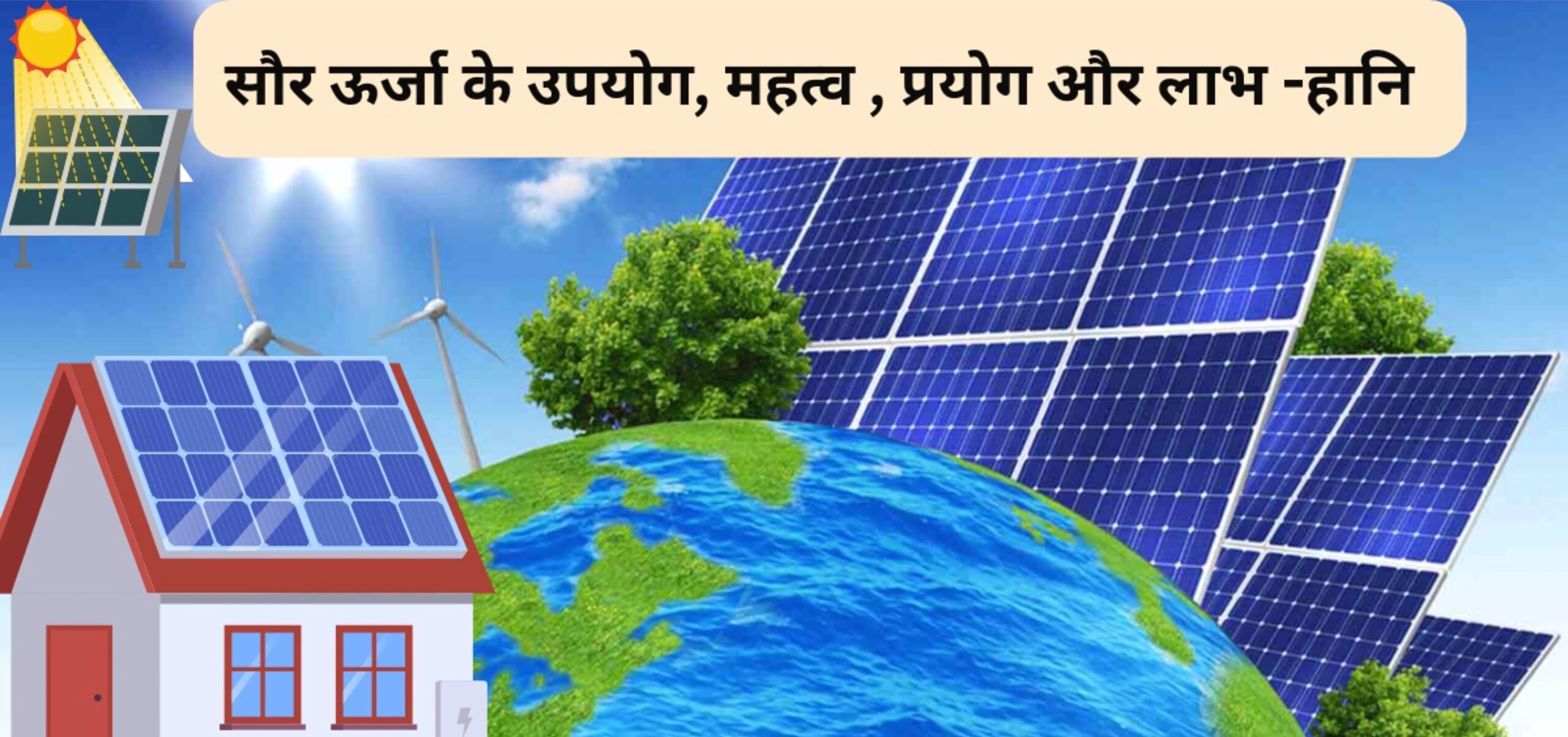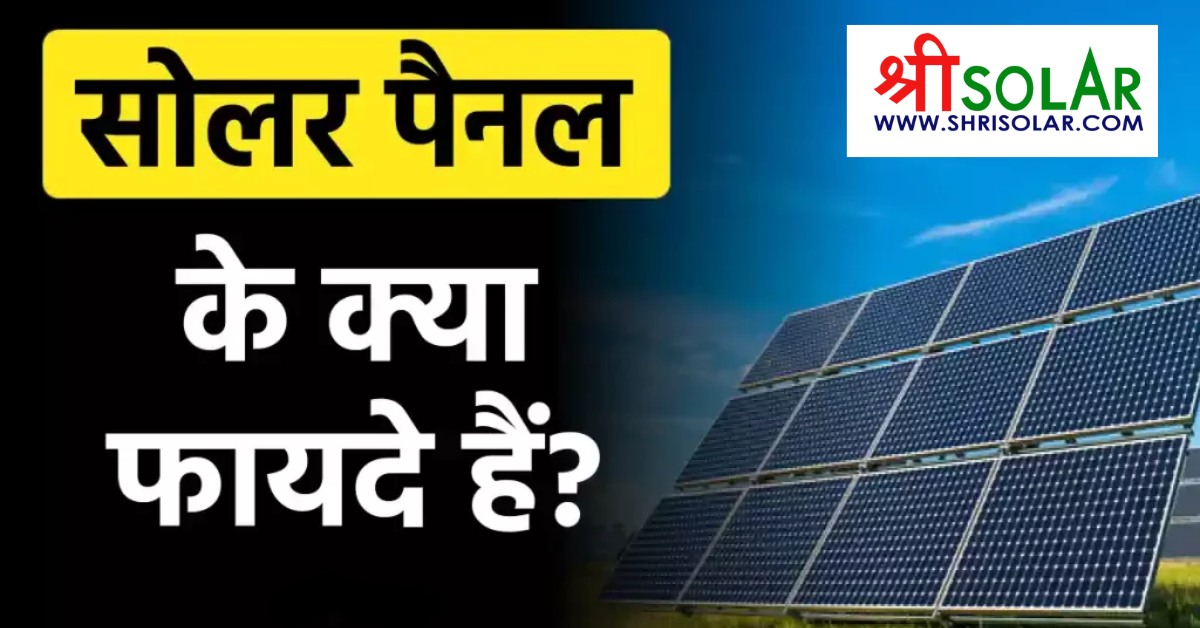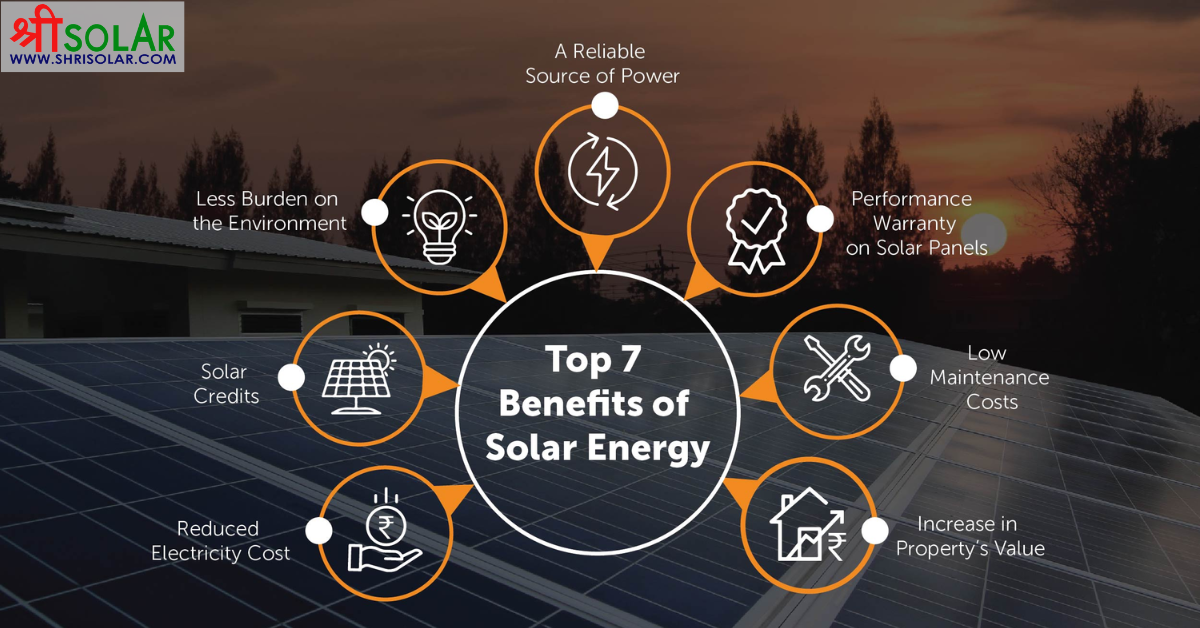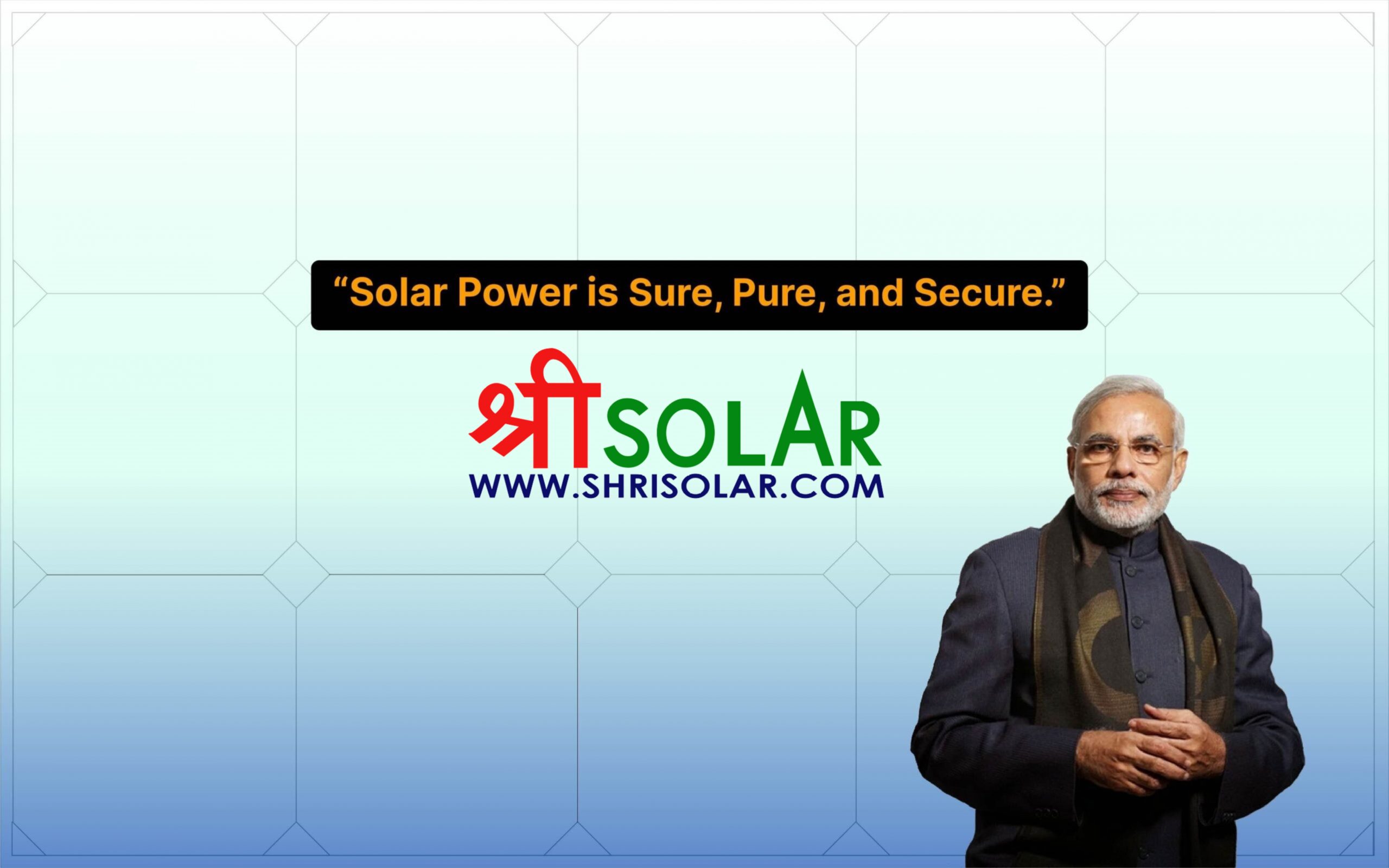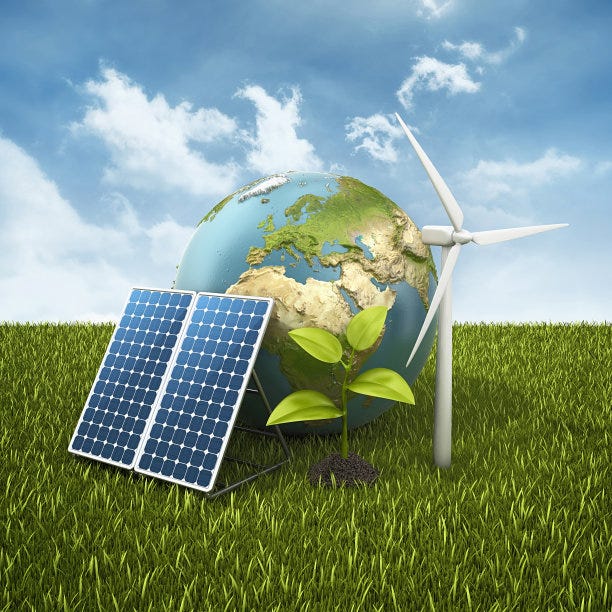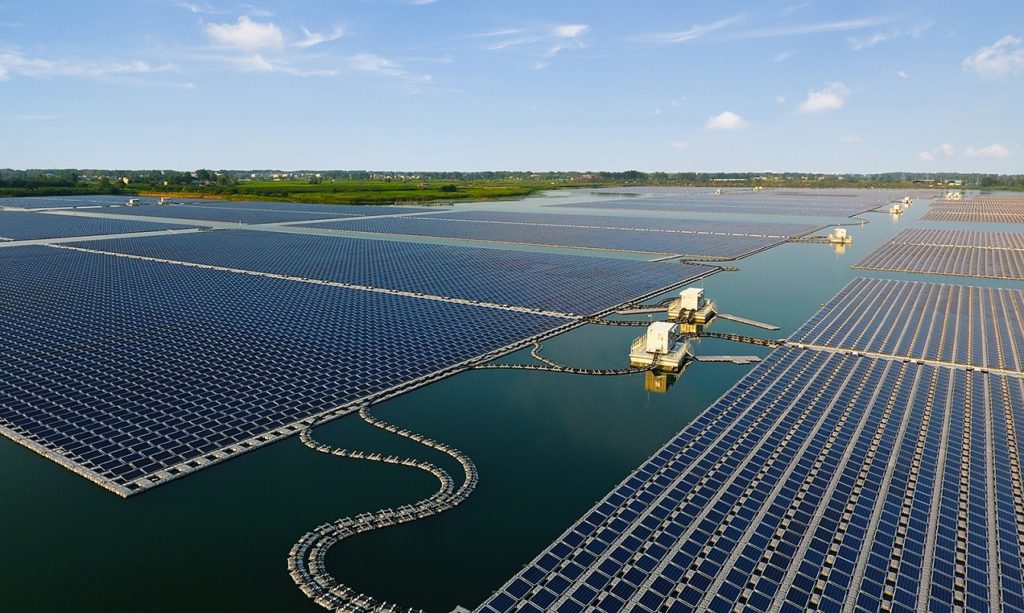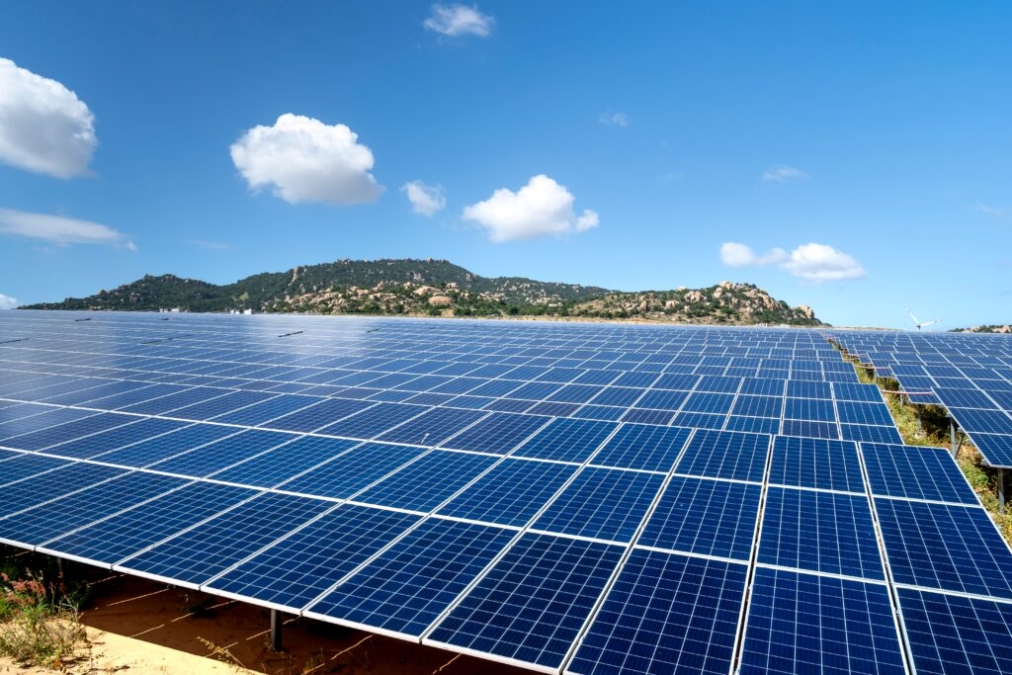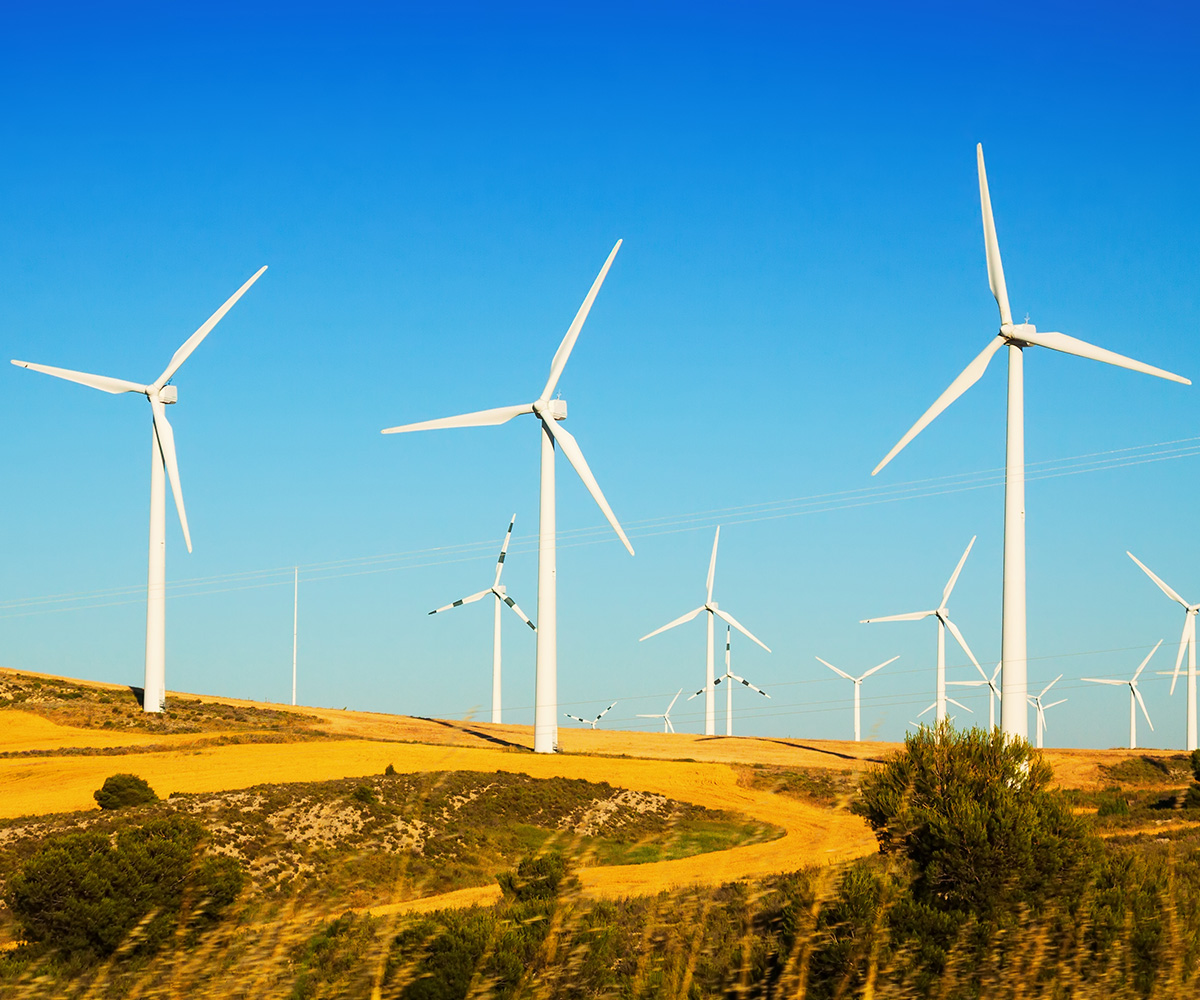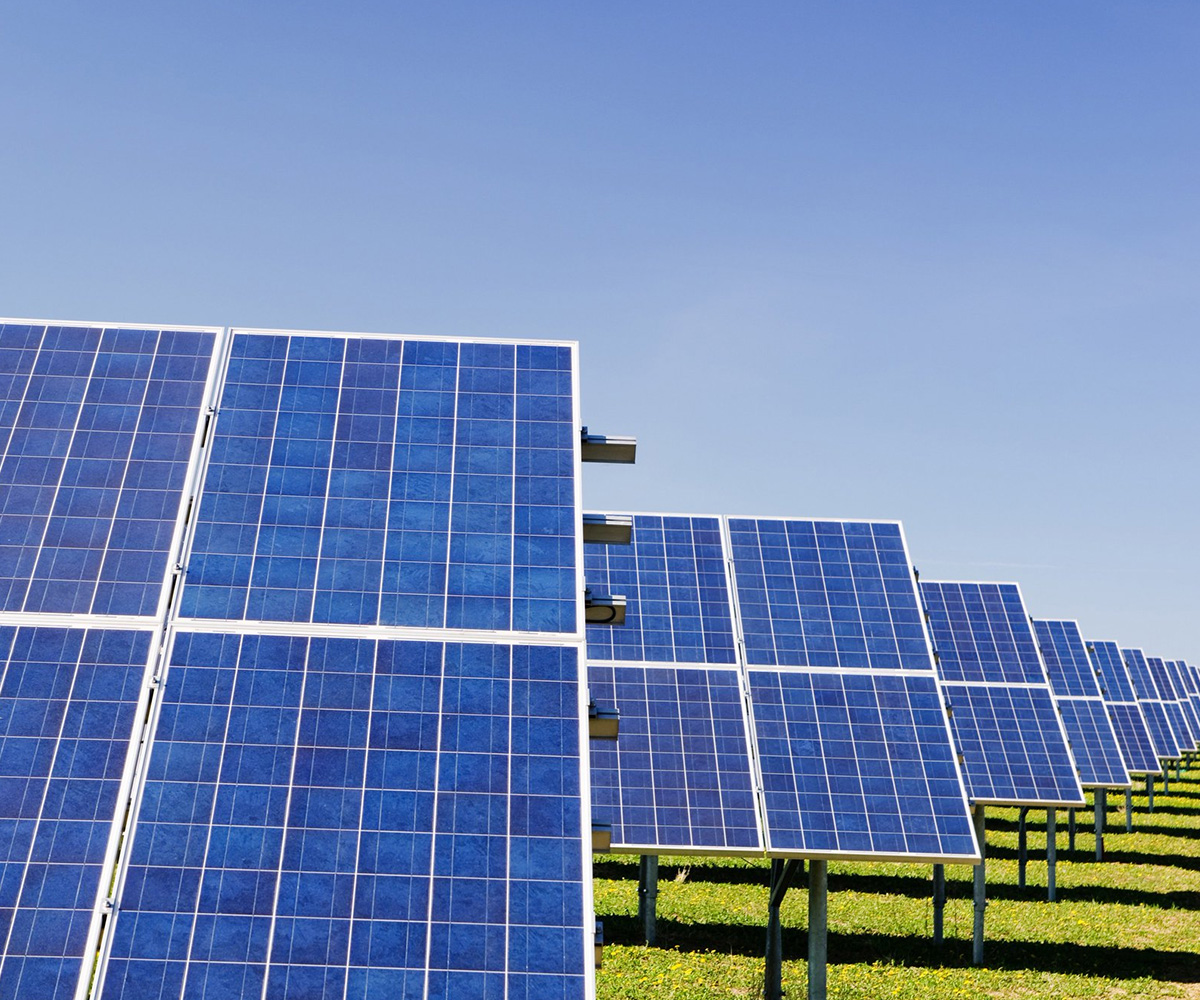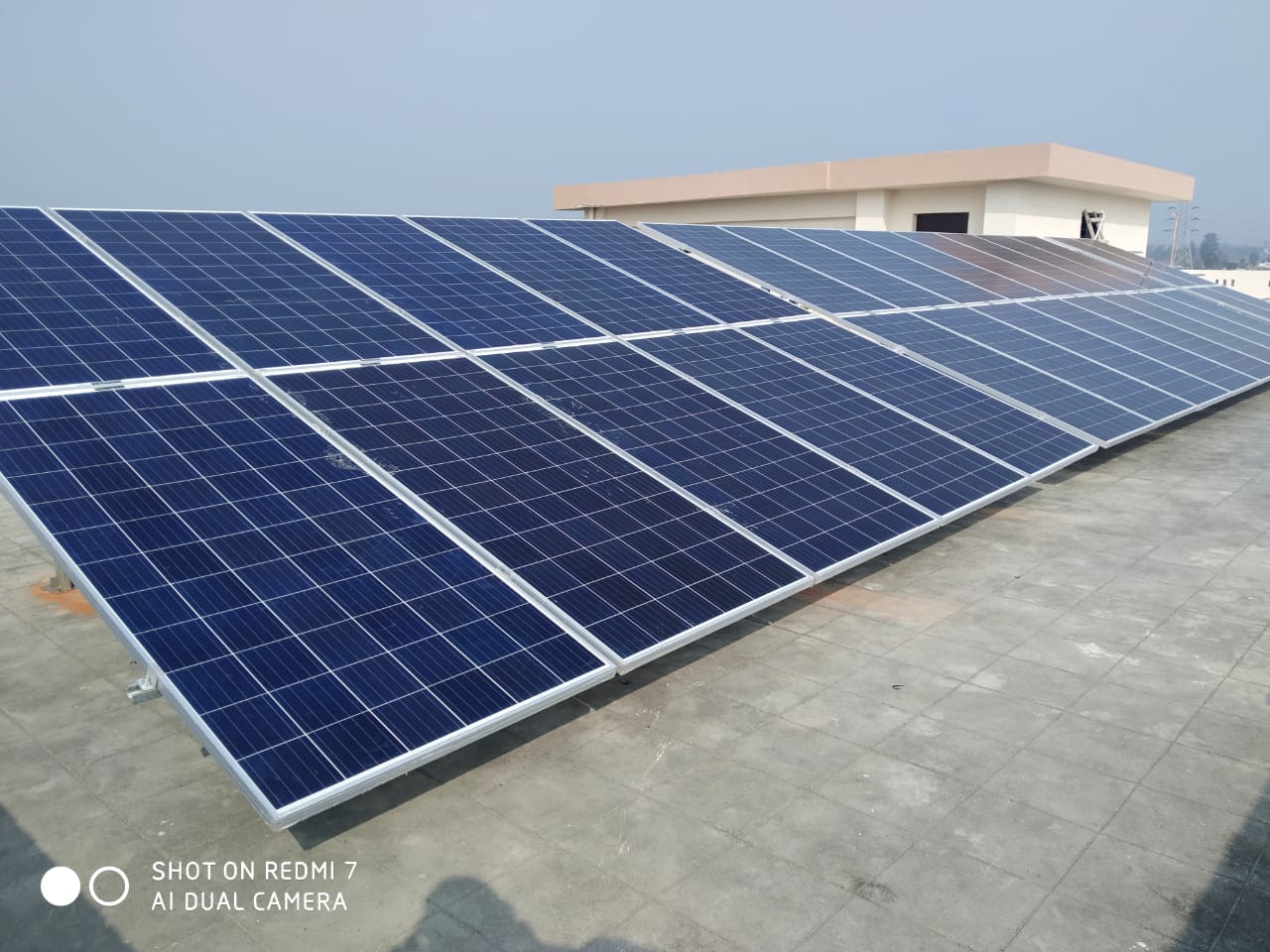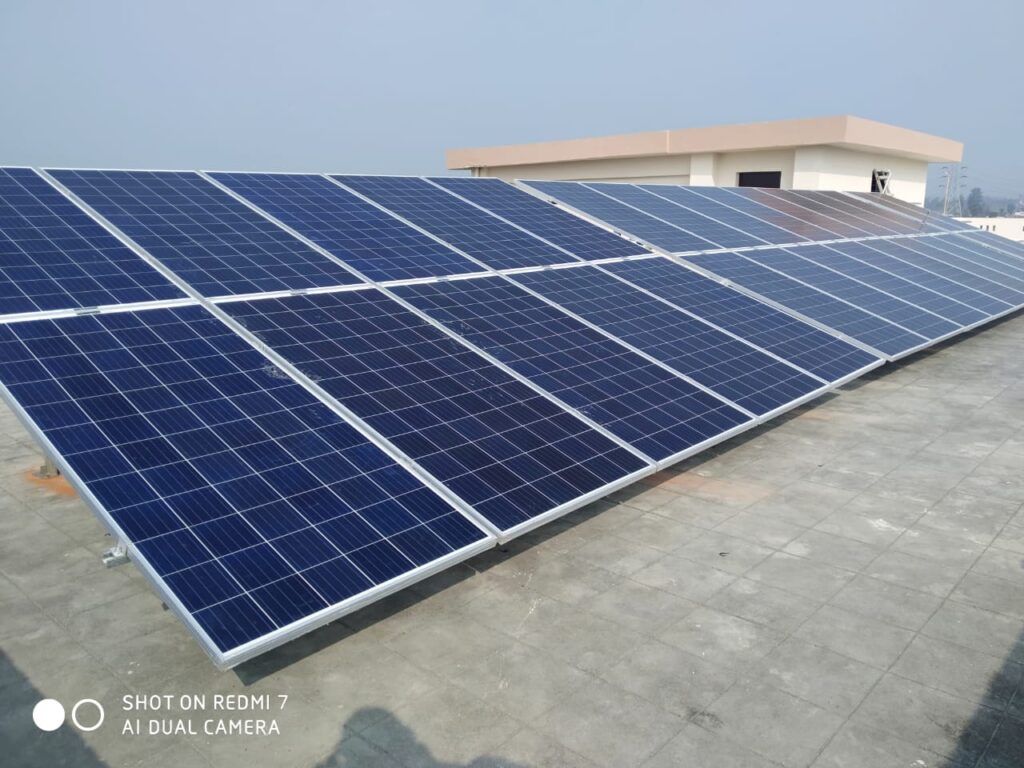Solar panels have played a great role in the energy industry by providing greensources of energy from the sun. These photovoltaic systems have several bonuses which concern environmental preserves as well as the economic efficiency and therefore it is impossible to consider the contemporary methods of energy supply without presenting the photovoltaic systems as highlights.
1. Renewable and Sustainable Energy Source
The main concept of solar panels is in using sunlight to produce power without trending nonrenewable resources. This form of energy is beyond compare when it comes to availability and the fact that it does not pollute environment like the fossil fuels do. People and companies that decide to install solar panels become less of a burden to the environment and contribute to environmentally friendly procedures.
2. Cost Savings and Financial Incentives
Harnessing of solar energy through solar panels is a long-term investment plan that once established, costs of electricity consumption are reduced. While the first financial investment is high, the costs set down through innovations and government policies such as tax credit and subsidy, makes solar energy steadily cheaper. In countries such as India, programs like the “PM Surya Ghar Yojna” which is the Solar Home Scheme by the Prime Minister endeavour to facilitate the use of solar power by offering monetary support and rebates for having solar panels fixed on the residents’ homes.
3. Low Maintenance and Longevity
Professionals also appreciate solar panels because they are very tough structures that demand little to no maintenance. This is relatively very simple since they do not have any moving parts and mostly only need cleaning and checking from time to time for maximum functionality. The typical warranties offered with most solar panels are of 20 to 25 years, however, most panels perform beyond these warranties and maintain their efficiency beyond those periods. This reliability makes them a cheaper option when costs are considered over the useful life of products.
4. Environmental Benefits
Indeed, solar panels give out electricity from the sun instead of burning fossil fuels, hence emitted little to no greenhouse gasses and air pollutants. It also reduces the cases of climate change together with the quality of air since carbon emission is reduced; thus, the provision of healthy living conditions for the societies is enhanced. Moreover, the usage of water in solar energy production is much less than in thermal power plants thereby useful water is saved.
5. Energy Independence and Grid Stability
Solar panels and renewable energy in general helps the concept of energy independence because it cuts across the centralized approaches to energy production. The benefits or residential and commercial properties with solar panels are able to produce their own electricity thus deregulating themselves from centralized power stations. These structures have improved energy security and reliability especially in the event of blackouts and calamities. In addition, excess power produced by the panels can be sold back into the utility company which helps the utility firm maintain a steady flow of energy supply while cutting down on total energy costs.
6. Economic Growth and Job Creation
This gives birth to employment opportunities in the solar panel manufacturing, installation, maintenance, and research, which are considered drivers of economic development. Such tendative as PM Surya Ghar Yojna in India not only supports the generation of solar energy but also help in the boosting of employment in the nation for the same. Also, generating investments in solar energy generation, construction and development of solar energy structures comprehensively contribute to allowing technology advancement in the energy sector effectively promote a change to the sustainable energy future.
7. Scalability and Adaptability
Solar panels are flexible, modular and can be used in residential, commercial, industrial andutility applications For example, they can be installed on rooftops, or on power stations, in the form of utility-scale stations. Due to their modularity, they can be added or connected independently of other sections that can cater for different energy requirements and areas. Solar advancement has remained keep on increasing, hence reducing the cost of electricity from solar and therefore increasing accessibility all around the globe.
Conclusion
Solar panels can be considered as one of the key solutions in the attainment of sustainable energy objectives across the world. In this regard, the present research is aimed at analysing how people, societies and countries can decrease the negative effect on the environment, increase energy security and stimulate economic development by using solar energy. To further enhance the intent and purpose of promoting solar energy adoption and change intervention, the programs such as India’s PM Surya Ghar Yojna are noteworthy. Solar electricity not only contributes to the protection of the environment but also helps people to take a stand in owning the energy of the future towards a better tomorrow.

